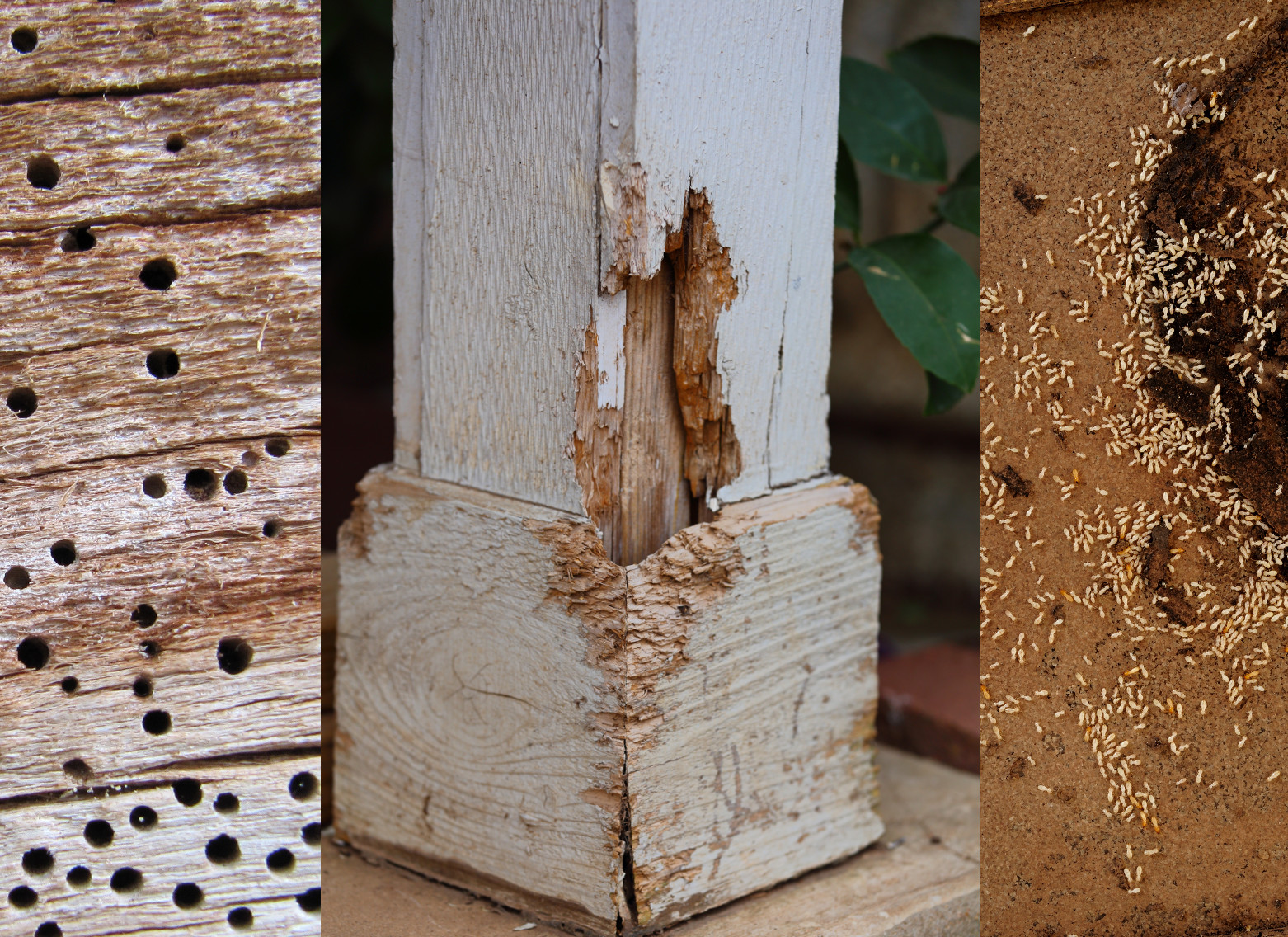Hover or click each Termite to view it's name and/open a link for more information.
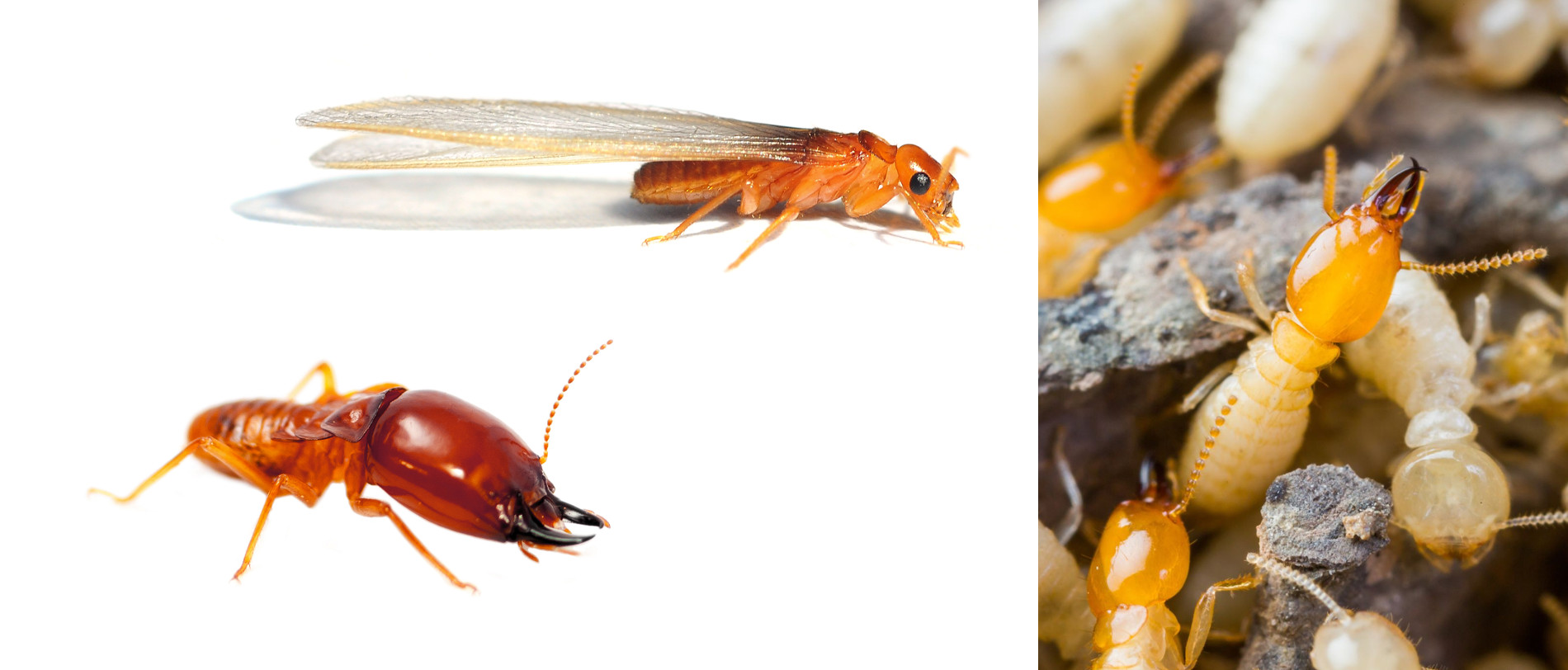
Termites are very small invasive insects that can invade an area without showing any signs of instant destruction. Termites survive on cellulose, which is a plant-based material that is found throughout most homes and other structures. The abundance of this material in most types of construction leaves homes and other buildings vulnerable to termite infestation.
There are three major categories of termites that invade man-made structures: the drywood termite (Incisitermes snyderi), dampwood (Zootermopsis angusticollis) termite and the subterranean termite (Reticulitermes flavipes). There are more than 2000 species of termites across the globe.
Termites may grow between 1/4 -1/2 an inch in length, while the kings and queens within a nest may grow larger than 1 inch. Termites live in colonies and have a social hierarchy which sees different types assuming specific roles. Kings and Queens are the ruling members of a colony, and are also one of two groups that are responsible for sexual reproduction.
Worker termites are usually paler in colour with softer bodies and do most of the nest building and food gathering. Winged termites or as they are also commonly called reproductives, are the only other members of a colony that are sexually mature. Soldier termites are the protectors fo the colonies and are pronouncedly stronger in appearance with larger heads and prominent mandibles.

Termite workers have soft bodies, hard heads and strong mouth parts. They require a lot of moisture and do not venture in dry areas for long periods. They may vary in size depending on their function. Smaller/younger workers are responsible for nest maintenance and caring for eggs. Older worker termites forage for food in areas outside the nest. Where there are no soldier termites in a nest, older termites also assume the role of defence from invaders.
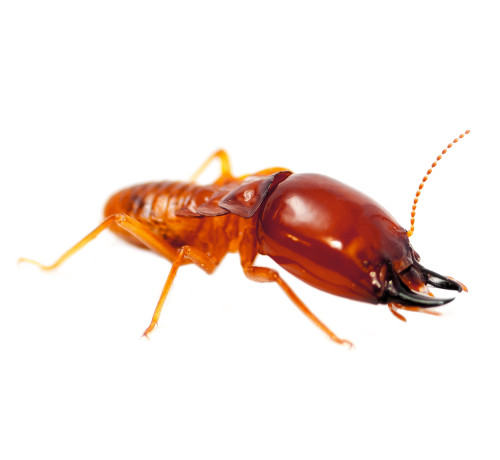
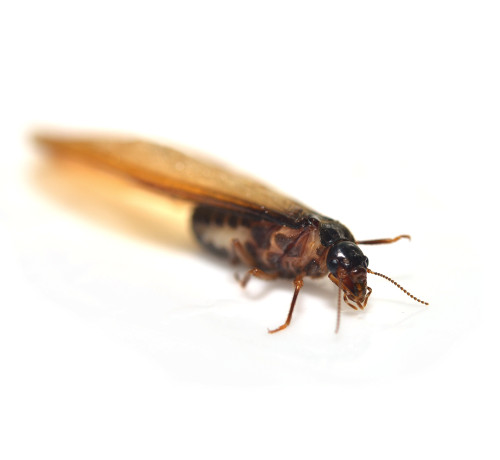
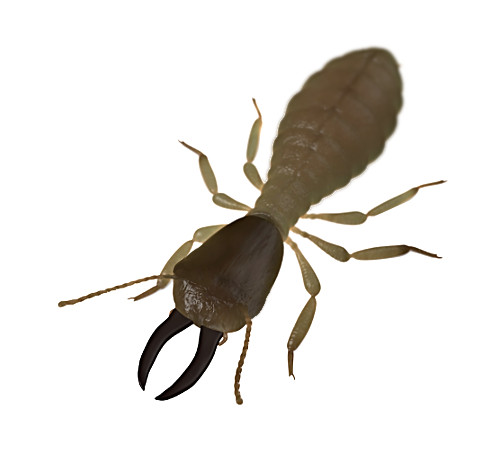

Termites will at first, leave little to no indication of their presence until the nest has grown substantially and damage has already become visible. Once you identify any swarms of winged termites in or around your home, you can assume that they have already infested some areas. Cracked or bubbling paint beneath wood, termite droppings (frass), mud tubes along exterior walls, crawl spaces or wooden beams and discarded wings from swarms are all sure fire signs that termites are within your home or place of business.
